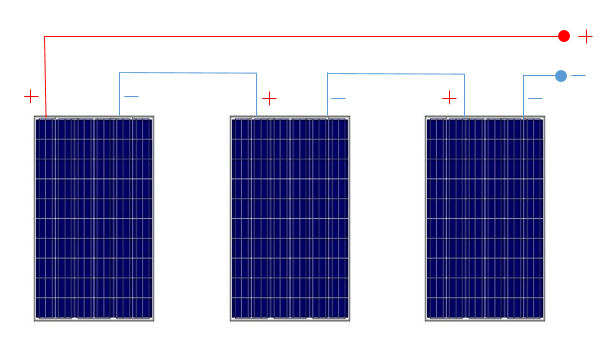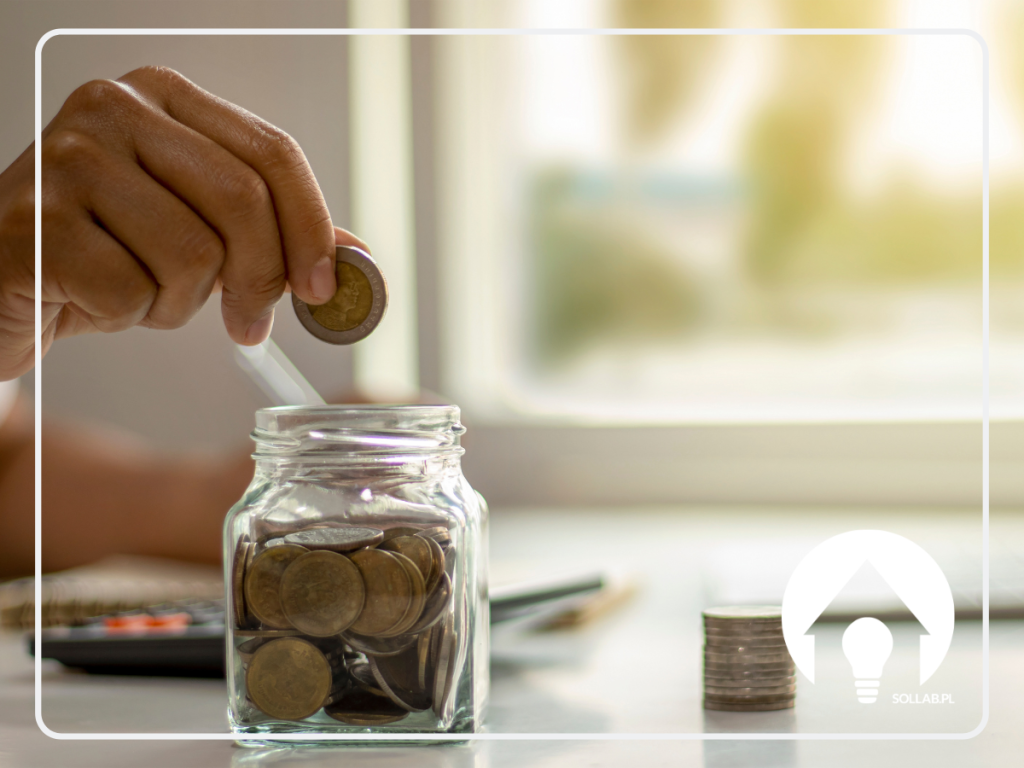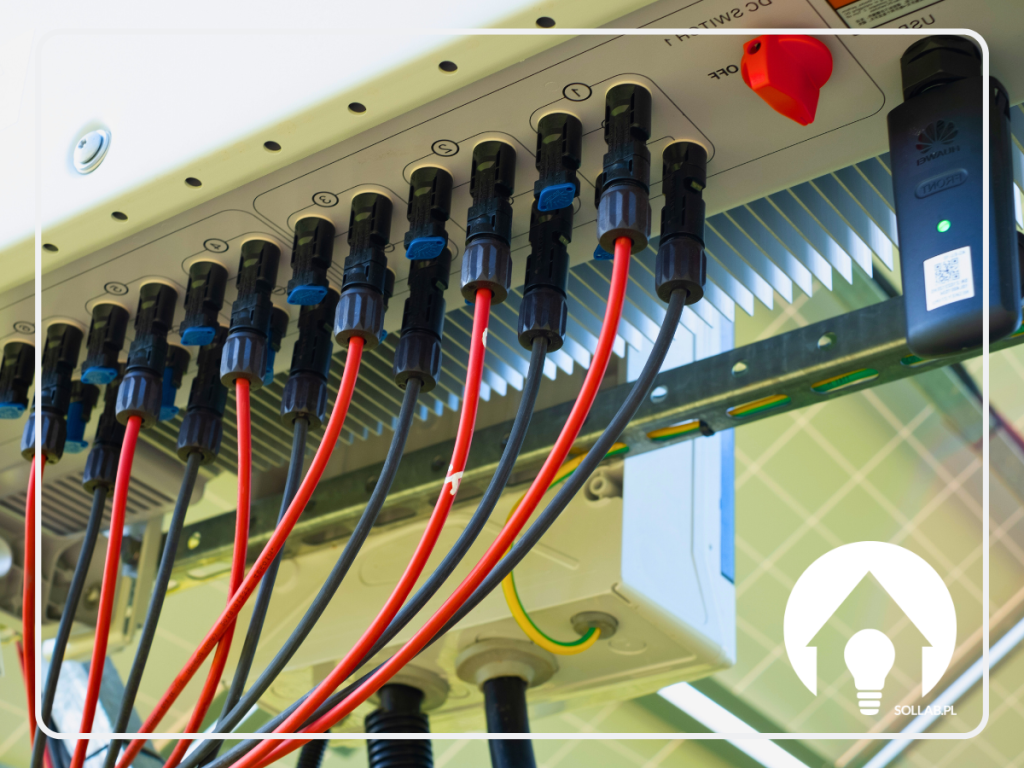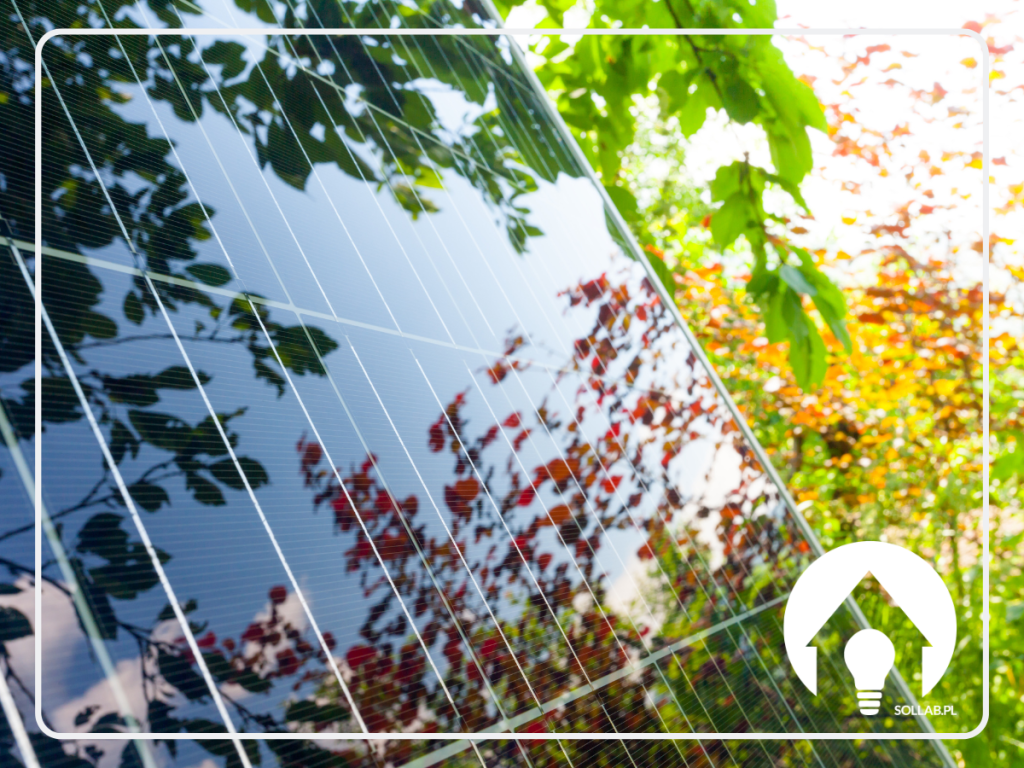What is the correct way to connect photovoltaic panels?
Connecting photovoltaic panels is a key part of building an efficient solar system. Connecting the panels correctly ensures maximum efficiency and reliability of the overall system. There are two main ways to connect photovoltaic panels: in series and in parallel, and the choice of method depends on the specifications of the system and the expected performance. Which method is best? And can different photovoltaic panels be connected?
Ways of connecting photovoltaic panels
Connecting photovoltaic panels can be done in two main ways: in series and in parallel. Each method has its specific applications, advantages and disadvantages, and the choice of the appropriate method depends on the requirements of the photovoltaic installation, such as the required voltage and current of the system, the lighting conditions, and the available space.
Connecting in series
Series connection involves connecting photovoltaic panels one behind the other, connecting the positive pole of one panel to the negative pole of the next. This method increases the overall voltage of the system while maintaining the same current value, which is useful when the system needs to be compatible with the input of a charge controller or inverter. Series connection is beneficial when:
- The panels are installed in locations with similar solar exposure.
- The system requires a higher voltage.
- We want to minimise the losses associated with long wires.However, connecting in series has its disadvantages. The main one is that if one panel is shaded or damaged, the performance of the whole array can be affected.
Parallel connection
Parallel connection involves connecting the panels by putting all the positive poles together and then all the negative poles together. This method increases the total current of the system while maintaining the same voltage on each panel. This is useful when the system requires more current or when panels are installed in different sunlight conditions. The advantages of parallel connection are:
- Greater resistance to shading of individual panels.
- The system can be expanded by adding more panels without changing the system voltage.
- Easier configuration for a variety of installation conditions.
However, parallel connection may require additional protective devices such as fuses or current limiters to prevent overloading if one of the panels fails.
Serial and Parallel Combination
In practice, to meet the specific requirements of the installation, a combination of both methods is often used, creating so-called series-parallel systems. This allows both the voltage and current of the system to be increased, as well as greater flexibility in design, enabling optimum adaptation to inverter requirements and maximising efficiency under different solar conditions.
In series-parallel connection, groups of panels are first connected in series to form several chains of increased voltage. These chains are then connected in parallel, increasing the total system current. In this way, the parameters of the photovoltaic system can be adapted to the requirements of the inverter and the efficiency of the entire system can be optimised.
The choice between series, parallel or a combination of these depends on many factors. It is important to consider all the technical and environmental aspects before making a decision, and it is best to consult a photovoltaic expert who can help design a system that meets the specific needs and conditions of the installation.
Can photovoltaic panels of different specifications be combined?
Although technically possible, this practice is not recommended for several reasons. In particular, the serial connection of panels with different current parameters is discouraged, as is the parallel connection of panels with different voltage parameters. These actions can adversely affect the performance of the entire system and increase the risk of system failure.
Moving on to the question of wattage, there is the question of whether panels of different wattages can be combined. In general, combining panels of different wattages is not recommended, but there is an exception to this rule. In fact, it is possible to use such a combination if microinverters are used for each panel, enabling them to work independently. In this way, each panel can function autonomously without affecting the operation of the rest of the system.
Summary
The correct configuration of photovoltaic panels is a key element when designing a PV installation. There are mainly two methods available for connecting panels: series and parallel. The choice of method depends on many factors, including the manufacturer's recommendations, the type of installation and plans for future system expansion. It is important to carefully consider both the advantages and potential disadvantages of each method before making a decision.


















